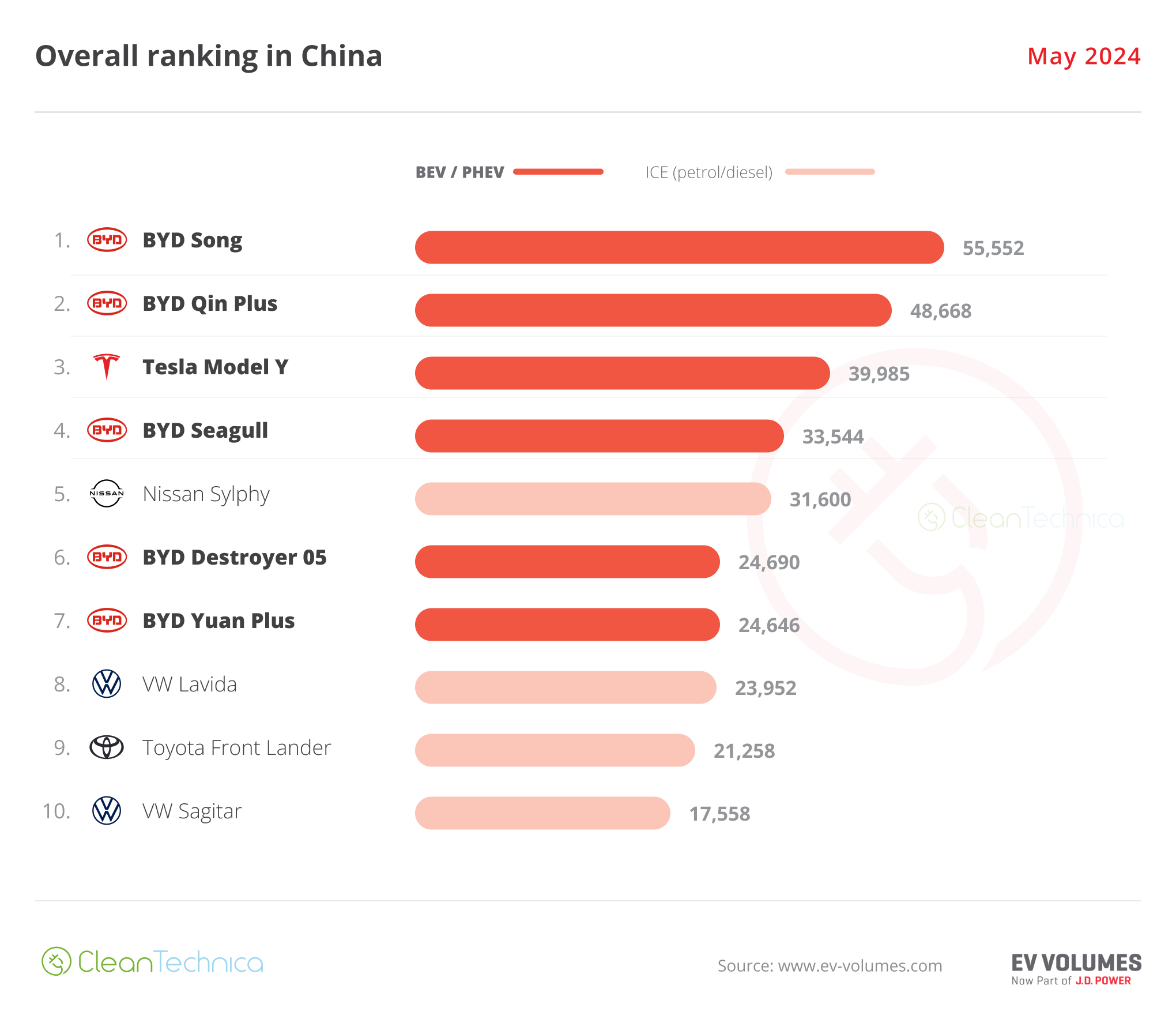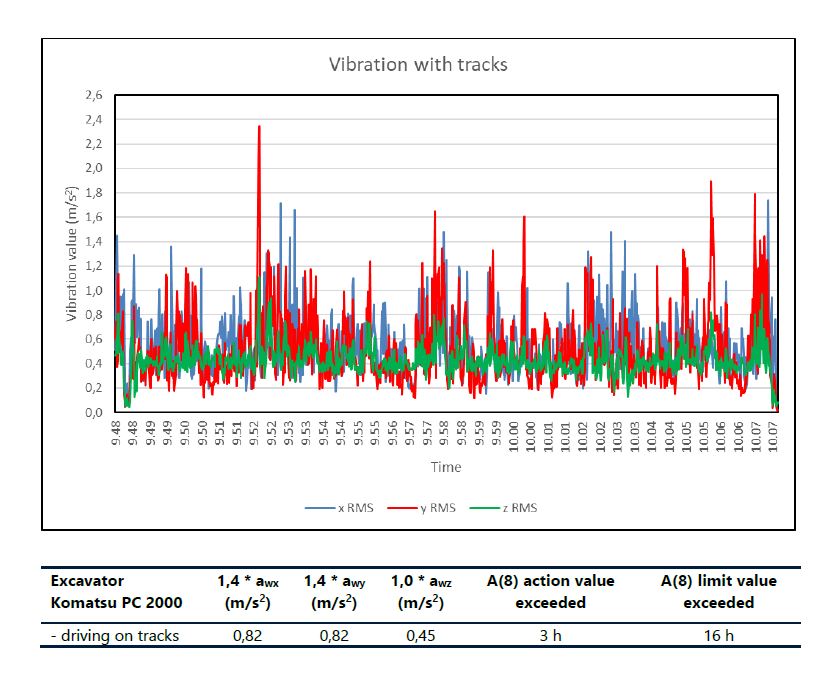Sign up for daily news updates from CleanTechnica on email. Or follow us on Google News!
Almost everything in life is complicated, but everyone wants simple answers. So, when we talk about a lot of things, we can’t always tell the whole story. At the same time, we want something we’re passionate about to look good. So sadly, we sometimes end up telling lies, even when we aren’t trying to deceive people.
 In this article, I want to discuss 5 lies EV enthusiasts tell their friends and family, and discuss how we might do better at communicating the truth.
In this article, I want to discuss 5 lies EV enthusiasts tell their friends and family, and discuss how we might do better at communicating the truth.
Lie #1: EVs Are Cheaper Than Gas Cars!
Like all good lies, this one is partially true. That partial truth ends up making for a lie that we can even deceive ourselves with, and it’s easy to sell it on to others. But we often end up only telling half of the story.
It’s true, because when you take two comparable cars and look at the total cost of operation, you can make the overall numbers for the electric car be smaller. Once you consider fuel, maintenance, and things like brake jobs that can be avoided, it’s easy to get the numbers to look great for the EVs. For many drivers, the numbers are very real, making for a car that is actually cheaper. In fact, for most EV owners, they can go years without ever stepping foot inside of a service center (outside of tire rotations).
But, what we often don’t tell people is that you can’t take any of this to your bank or credit union to get a lower monthly payment. You might have room for a bigger payment by not paying for gas, but at the same time, that doesn’t mean you aren’t taking up more of the percentage of income to debt that the bank allows you to be in (usually around 40%).
Another problem we don’t mention is that EVs still need some maintenance, and that not everyone goes to the dealer to pay inflated prices for service. For a DIY-oriented person (especially for used cars), many of the maintenance items can be done for far cheaper than the numbers we use when making EVs cheaper. So, for some people, the EV might not have such an edge on the gas car. These items include things like tire rotations and cabin air filters.
Finally, we aren’t talking much about depreciation. As 2022 EV buyers have found out, that depreciation can be a lot more than you’d expect. If your friends and family are the kind of people who keep a car for 5+ years or drive it into the ground, the EV is probably cheaper. But, if they like to trade for a new car every 2 years, the numbers might not be so great. So buying a used EV that is 2-3 years old is some of the best deals you can get in the auto market.
Lie #2: Charging Is Cheaper Than Gas
This one is true, but it’s not always true.
At home, you’re definitely ahead to charge an EV over paying for gas, even in states where gas is cheap. In my case, it’s a lot like buying gas for 85 cents per gallon, but I live in a state with cheaper electricity. The states with more expensive electricity often have more expensive gas, so it’s still cheaper.
But, if you’re away from home, the savings can evaporate. The cost of one’s time completely aside, the cost of DC fast charging often meets or exceeds the cost of driving a comparable ICE car. For people who can’t charge at home, needing to go use more expensive charging can negate the cost advantage for all driving. This is why charging at work can be a solution to many people which would heavily decrease your cost for ownership.
Lie #3: Charging On Road Trips Doesn’t Take Extra Time
In some ways, this one is true like the others. But, we need to do better at pointing out the ways it sometimes isn’t true. On many trips with newer EVs, the charging largely happens when you’re doing other things, like going to the bathroom or eating. Many of the people who don’t believe this counter with absurd things, like saying they drive 700 miles without stopping (without wearing a diaper).
But, the truth is more complicated. Some chargers are slower than others, and even the fastest Tesla chargers can sometimes be slower than expected. Not all vehicles are charging at 200+ kilowatts, either. A few, like my Bolt EUV, can take an hour to charge. Worse, an overheating Nissan LEAF can take two hours, even at fast chargers! If you are using Tesla superchargers, it will state the capacity in the vehicle or can use PlugShare (an app) to check in on the speed. You want to look for 250-350 kW chargers to eliminate any additional time charging.
Lie #4: You Can’t Take Road Trips Without Tesla!
This one is sort of true, but heavily exaggerated. In 2022-2023, Electrify America had a lot of reliability problems, especially in California. The early stations that were seeing the most use ended up not being able to handle the load as EV adoption grew. This lead to people having a lot less confidence in charging with CCS cars, and eventually automakers announced a switch to the Tesla standard to get access to Tesla’s network.
But the situation outside of Tesla charging both wasn’t as bad as many people claimed, and improved a lot in the last year or so as companies figured out that they had to get better to compete. The truth is that we’re going to need many charging companies to all put in as much work as they can to meet future EV charging demand, so we should support them while we demand better reliability and service.
Lie #5: EVs Can Go A Million Miles!
Out of the 5 lies, this one is the least true, but it still has a kernel of truth. Because an EV’s motor is so simple, and most EVs only have one gear instead of a multi-speed transmission, the drive unit has much greater longevity. In most cases, an EV drive unit will last a LOT longer than an engine and transmission. For many motors and drive units, it may indeed be possible to reach a million miles with an occasional flush/fill of the drive unit fluid!
But batteries are still a different story, at least for now. While EV batteries frequently outlive the average ICE drivetrain, most built today will not reach a million miles. Due to degradation and calendar life, some cells will go bad and an EV battery pack will eventually need service or replacement.
The good news is that repair and refurbishment of battery packs are getting cheaper, and will eventually be very cost-effective for out of warranty EVs, extending EV lifespans even further beyond those of ICE vehicles. And with programs like XCare from Xcelerate Auto, the concept of replacing an EV battery is becoming less daunting. The pace in which batteries are decreasing in cost is happening very quickly, so if you purchase your vehicle today and in many years if or when you ever need to change it, the economics will be much smaller, as we have seen to date.
While most of us aren’t trying to be deceptive or cause problems, it’s a good idea to tell the whole story whenever we can. What we don’t want to see is people get into EV ownership with half-truths and happy lies only to find out that the truth was more complicated that we let on. But, armed with the whole truth, new owners will have a much better time!
Have a tip for CleanTechnica? Want to advertise? Want to suggest a guest for our CleanTech Talk podcast? Contact us here.
Latest CleanTechnica.TV Videos
CleanTechnica uses affiliate links. See our policy here.





